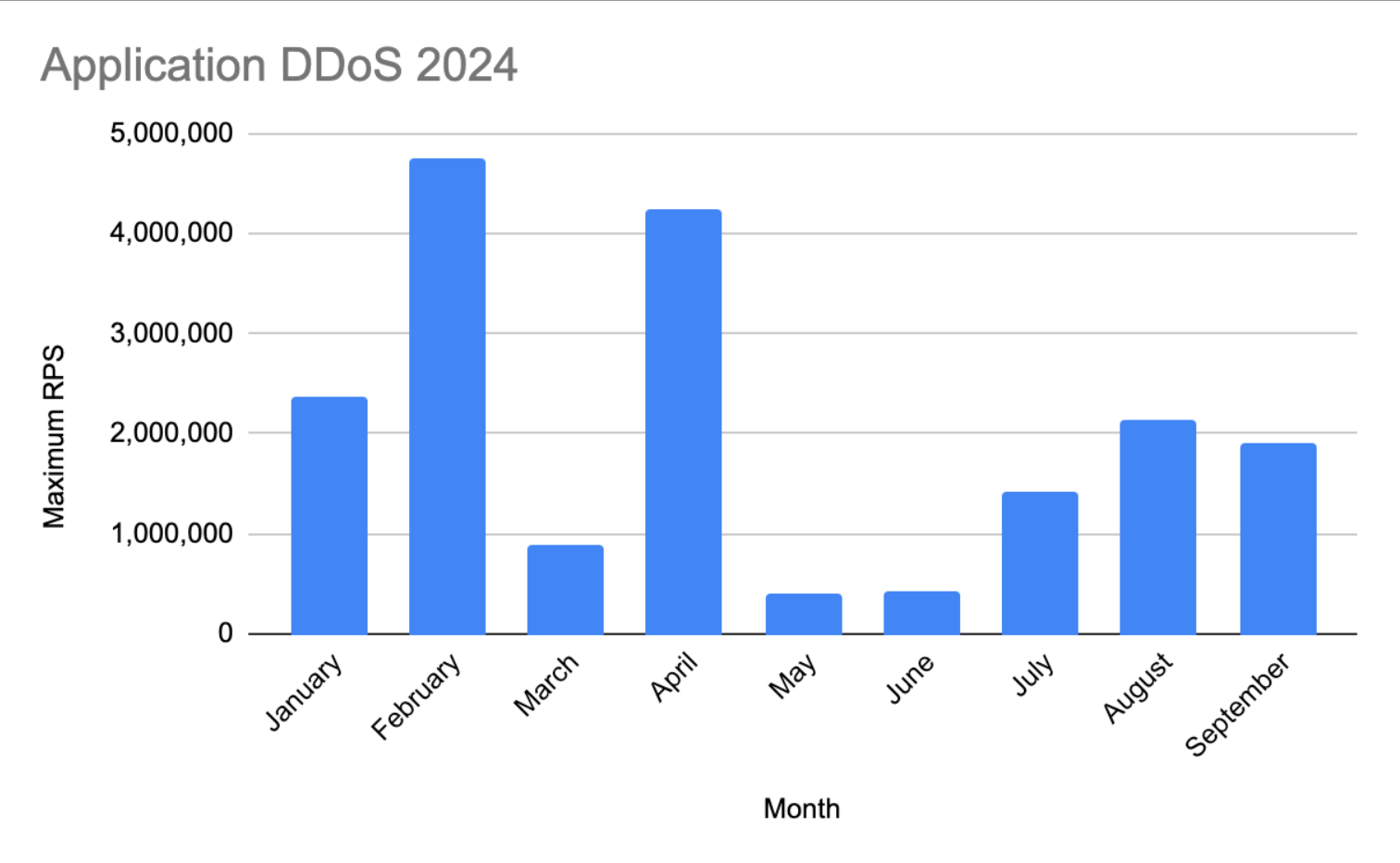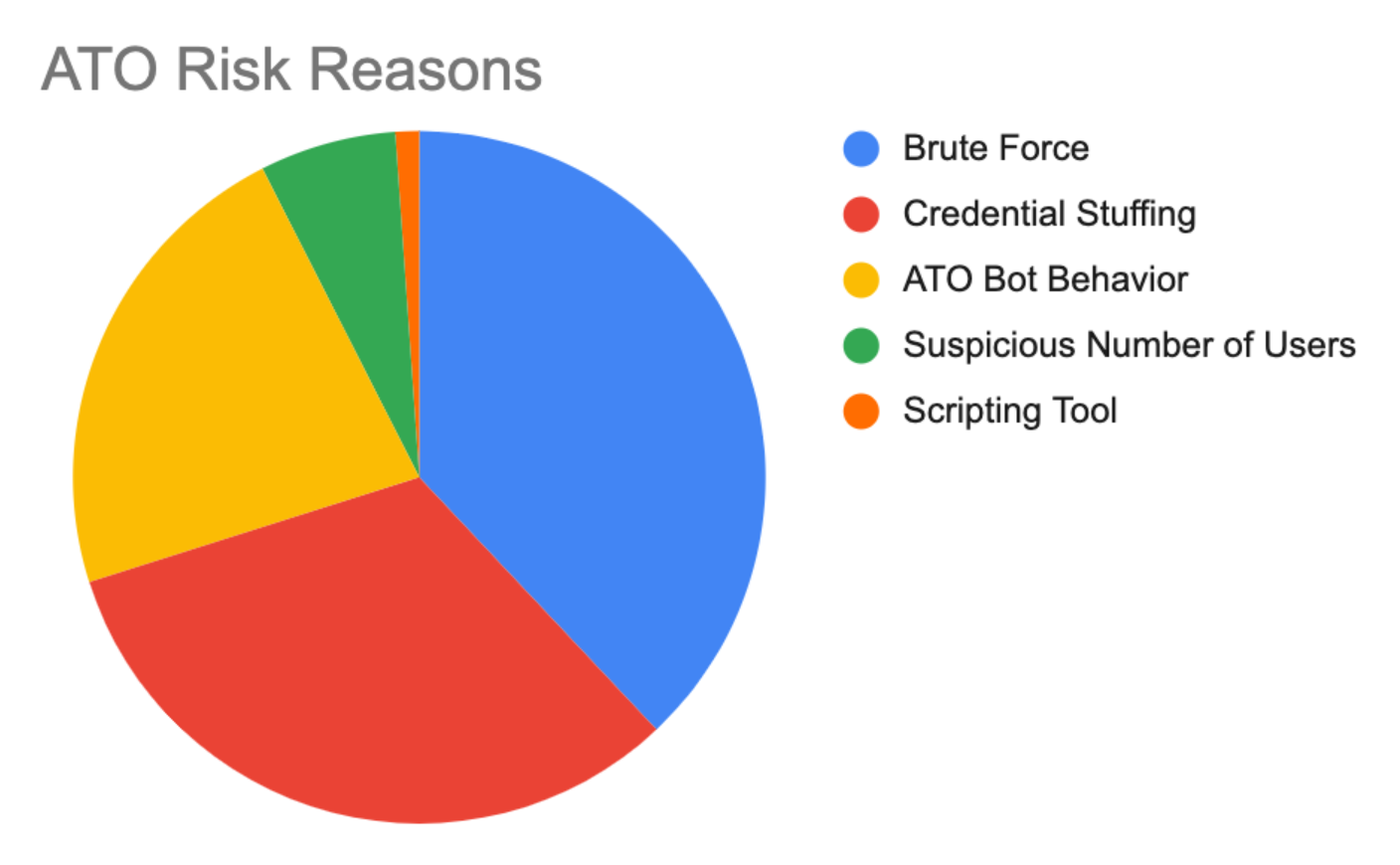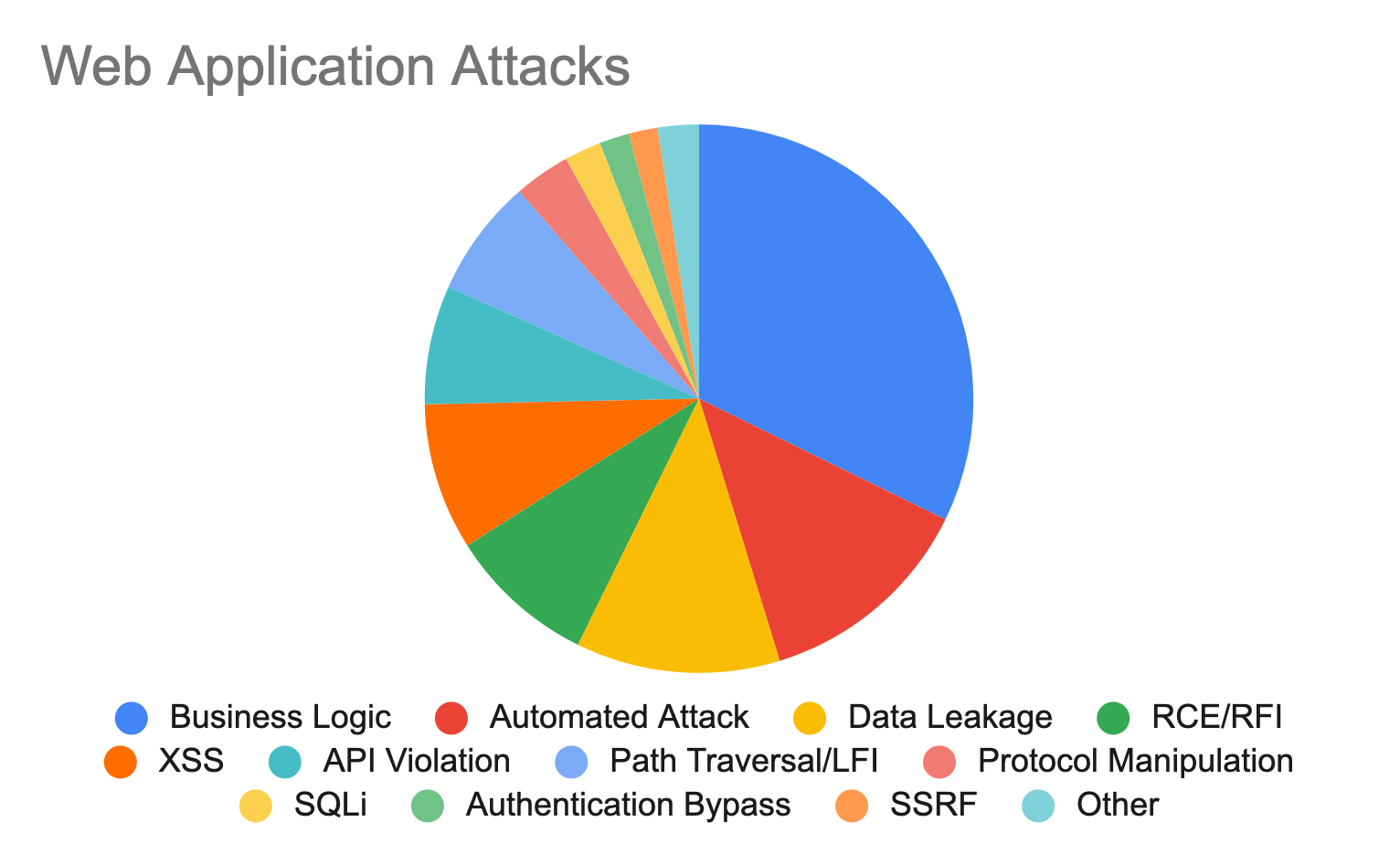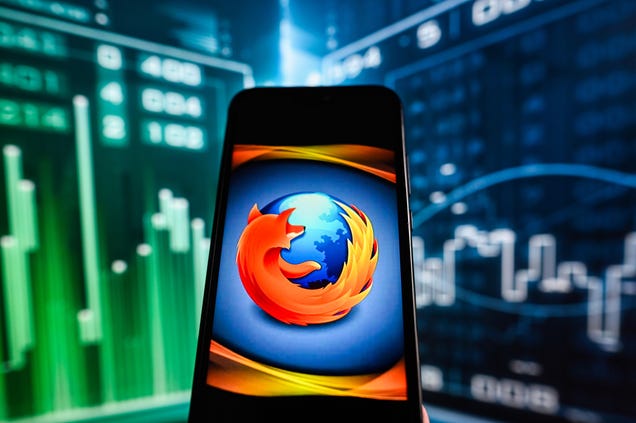Introduction
As the G2E (Global Gaming Expo) conference kicks off in Las Vegas, it’s important to highlight the significant role cybersecurity plays in the rapidly evolving gaming industry. From online casinos to eSports, gaming has grown into a massive global enterprise, making it a prime target for cybercriminals. With attacks ranging from DDoS disruptions to account takeover, the industry’s digital infrastructure is under constant threat. This blog will explore the latest cyber threats impacting the gaming sector, the tactics attackers use, and the steps developers and operators can take to safeguard their platforms.
The Rise of Cyber Threats in the Gaming Industry
The gaming industry has experienced exponential growth over the past decade, solidifying itself as a dominant force in the global entertainment market. What was once a niche hobby has transformed into a multi-billion-dollar industry, with revenues surpassing those of the film and music sectors combined. According to recent reports, the global gaming market is expected to exceed $300 billion by 2026, fueled by the rise of mobile gaming, eSports, and the expansion of online multiplayer platforms. This surge in popularity has brought in billions of users worldwide, creating a vast and interconnected network of players. However, this growth has also attracted unwanted attention. With such a large user base and significant financial stakes, the gaming industry is an attractive target for cybercriminals looking to exploit its scale, infrastructure, and vulnerabilities.
The gaming industry presents a unique combination of factors that make it particularly vulnerable to cyberattacks. One of the primary reasons is the sheer volume of personal data collected from users, including names, email addresses, credit card information, and even personal identifiers such as IP addresses. Many games also include in-game currencies or valuable digital items, which are frequently targeted by attackers looking for quick financial gains. Additionally, the prevalence of younger players, who may be less cautious about online security, provides a ripe opportunity for phishing schemes and social engineering attacks. These users are often more focused on gameplay than on safeguarding their accounts, making them susceptible to password theft, account takeovers, and other malicious activities. The rise of microtransactions, digital economies, and competitive gaming further enhances the appeal for cybercriminals, who view the gaming ecosystem as a lucrative target for fraud, data theft, and financial exploitation.
Common Cyber Threats in the Gaming Industry
As the gaming industry continues to expand, it faces a barrage of cyber threats from multiple angles. Both players and developers are increasingly vulnerable to attacks that can disrupt gameplay, compromise sensitive information, and damage trust in the platform. Below are some of the most common types of attacks targeting the gaming sector.
DDoS Attacks:
Distributed Denial of Service (DDoS) attacks have become a frequent and disruptive issue in the gaming industry. These attacks, which overwhelm servers with massive amounts of traffic, are often used to take down multiplayer platforms, interrupt competitions, or spoil online gameplay experiences for millions of players. DDoS attacks are frequently launched by disgruntled players or cybercriminals looking to extort game developers and companies for ransom in exchange for halting the attack. In competitive gaming, even short disruptions can lead to significant financial losses and frustrated user bases. The high frequency of these attacks makes it critical for gaming companies to invest in robust DDoS mitigation strategies to ensure uninterrupted gameplay and safeguard their services.
In the first half of 2024, gaming sites saw thousands of DDoS attacks. One saw the largest application-layer (L7) DDoS attack of that timeframe, with almost 5M requests per second (RPS) bombarding an Indonesian gaming site in just 13 minutes.
The gaming industry saw several large attacks earlier in the year, and attacks began to increase since the summer. As we get closer to the holiday season, we can expect to see attacks rising as companies announce holiday launches and demand increases.

Phishing, Social Engineering, and Account Takeover:
Phishing scams and social engineering tactics are among the most common threats facing gamers and developers alike. Cybercriminals can pose as official game developers or support teams, luring players into providing sensitive information such as login credentials, credit card details, or access to in-game assets. In many cases, attackers use fake login portals or email campaigns to trick users into giving up their passwords or personal details, which are then used to steal accounts or sell them on the black market. Just this year, millions of credentials stolen from places like Discord, Battlenet, Activision, UnknownCheats, and other online gaming hubs were collected by infostealer malware targeting gamers.
Game developers are not immune to these tactics either, as phishing attempts can target their credentials to gain unauthorized access to internal systems or development platforms. These attacks can result in the theft of proprietary data, unreleased game content, or intellectual property, causing significant harm to both players and companies.
Account takeover attacks (ATO) have also become a significant issue in the gaming industry, as stolen gaming accounts often contain valuable in-game items, digital currencies, and personal information. Cybercriminals frequently use brute force attacks, credential stuffing, or phishing tactics to compromise player accounts, after which they sell these accounts on black markets or use them for fraudulent activities. The black market for gaming accounts is highly lucrative, particularly for games with rare items or high-level characters. Once an account is compromised, recovering it can be a difficult and time-consuming process for players, often involving the loss of digital assets and personal data. For developers, the impact of widespread account takeovers can result in lost trust, diminished player engagement, and negative press.
On average, the gaming industry experiences an average of almost 9,000 account takeover attacks per day. In these attacks, brute force and credential stuffing make up almost 75% of the total risk reasons. Unsurprisingly, bots are the most popular tool for conducting these attacks, although browsers come in second place.

Web Application Attacks:
Gaming platforms are frequently targeted by several types of attacks that target web applications. These attacks often seek to exploit vulnerabilities in the application’s code or APIs to gain unauthorized access or compromise the system. About 7% of web attacks target API endpoints, which emphasizes the critical role APIs play in cybersecurity, as even a small percentage can lead to significant vulnerabilities.
Remote Code Execution (RCE) attacks allow hackers to execute arbitrary commands on a server, potentially compromising sensitive data and disrupting game functionality. Cross-Site Scripting (XSS) exploits enable attackers to inject malicious scripts into web pages, leading to data theft and user impersonation. API violations occur when attackers exploit weaknesses in the APIs used for integrating various game features, which can result in unauthorized access or manipulation of game data. Business logic attacks exploit flaws in the application’s workflow, enabling cheats or unauthorized actions that can undermine game integrity. Together, these attacks can severely impact game security, player experience, and overall trust in online gaming platforms.

Impact of Cyberattacks on the Gaming Industry
Cyberattacks in the gaming industry can have profound implications for both game developers and players—reputationally, legally, and financially. For developers, the immediate costs can include lost revenue due to downtime caused by DDoS attacks, ransom payments following ransomware incidents, or the financial strain of recovering from data breaches. Extended disruptions to gaming platforms can result in millions of dollars in lost transactions, especially for games that rely on real-time purchases or subscriptions. For players, the theft of in-game assets, digital currencies, or personal payment information can translate into significant financial losses, particularly in games where users invest heavily in virtual goods. In addition to these direct costs, companies must also account for the expenses of repairing damaged systems, bolstering security, and compensating affected users.
The reputational damage caused by cyberattacks is often just as detrimental as the financial losses. In 2021, a ransomware attack on gaming developer CD Projekt Red caused further distrust in the company when the attack caused leaked source code and caused delays in development on its game Cyberpunk 2077, already criticized for bugs and player issues. When a gaming company experiences a security breach, it risks losing the trust of its players—trust that is critical for maintaining a strong, loyal user base. Players who feel their data is not secure are more likely to stop playing a game or avoid future purchases, leading to a decline in user engagement and revenue. Negative media coverage and social media backlash can further damage the reputation of a gaming company, deterring new users from joining and prompting existing players to seek more secure alternatives. Reputation damage can linger long after the initial attack, making it difficult for companies to fully recover even after they’ve strengthened their security measures.
The legal and regulatory consequences of cyberattacks in the gaming industry can be severe, especially for companies that fail to protect their users’ personal data. With increasing global scrutiny on data privacy and security, many countries have implemented stringent regulations such as the General Data Protection Regulation (GDPR) in Europe or the California Consumer Privacy Act (CCPA) in the U.S, as well as PCI DSS 4.0 for credit card information. A breach of these regulations can result in hefty fines, legal actions, and class-action lawsuits brought by affected players. Beyond financial penalties, companies may be required to implement costly compliance measures, undergo audits, and publicly disclose breaches, further damaging their reputation. For gaming companies, ensuring robust security practices is not just a matter of protecting users—it’s also critical for staying compliant with evolving legal standards.
Protecting the Gaming Industry from Cyber Threats
As cyberattacks against the gaming industry grow in scale and sophistication, a comprehensive approach to security is critical. For developers, implementing strong security measures is key—leveraging encryption to protect sensitive data, multi-factor authentication (MFA) to safeguard user accounts, and regular security audits to identify vulnerabilities. Commercial security solutions such as web application firewalls (WAFs), DDoS protection services, data security solutions, and advanced threat detection tools can also enhance defense capabilities. On the player side, it’s important to be educated on security best practices, such as recognizing phishing attempts, and using strong passwords, and having a security mindset when interacting with fellow players or installing modifications. Players should have MFA activated, and only install games from trusted resources.
Best Practices:
- Use end-to-end encryption for sensitive data.
- Require multi-factor authentication (MFA) for all user accounts and administrative logins, and promote the use of strong passwords.
- Leverage bot management solutions to defend against account takeover and unwanted drain on site resources.
- Use API security solutions to protect endpoints.
- Perform regular security audits to uncover potential vulnerabilities.
- Invest in DDoS protection services to mitigate large-scale attacks aimed at disrupting gameplay.
- Deploy Web Application Firewalls (WAFs) to protect against common web-based attacks, including SQL injection and cross-site scripting.
- Raise awareness about phishing scams and social engineering tactics, advising players to avoid suspicious links.
- Ensure gamers only download games or patches from official, trusted sources, and advise on using antivirus solutions and being careful when installing untrusted game modifications.
Conclusion
As the gaming industry pushes forward into new frontiers of digital entertainment and online gaming, the threat landscape continues to expand. Cyberattacks can lead to financial losses, data breaches, and damaged reputations, but with proactive security measures, these risks can be minimized. As we gather at G2E to celebrate innovation in gaming, it’s also a reminder to prioritize cybersecurity and protect this dynamic industry from evolving cyber threats.
The post Leveling Up Security: Understanding Cyber Threats in the Gaming Industry appeared first on Blog.

